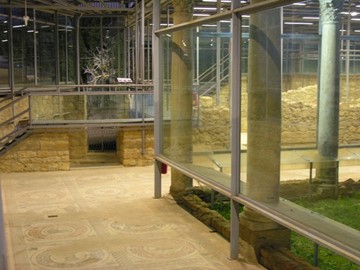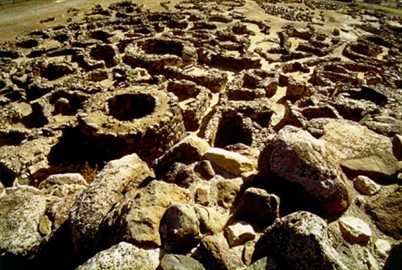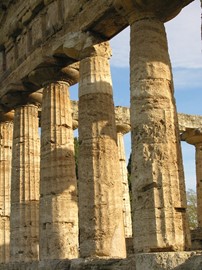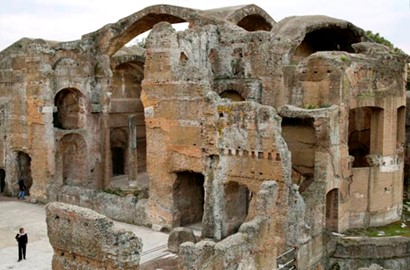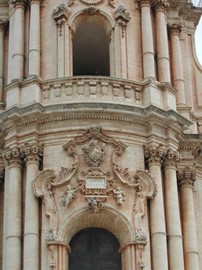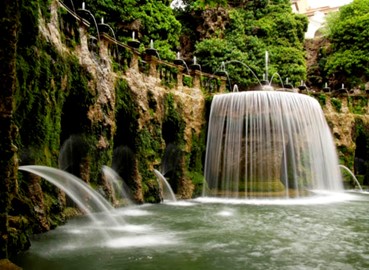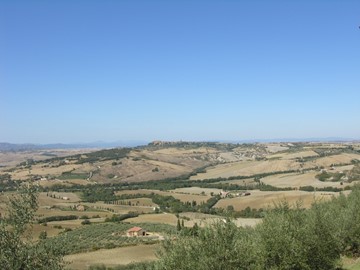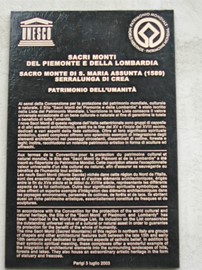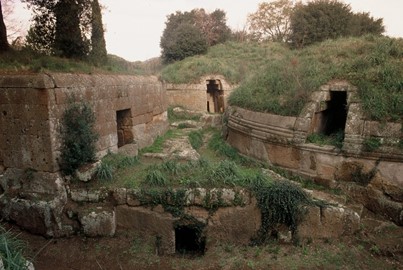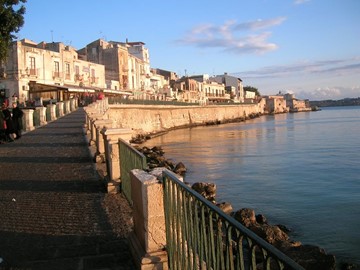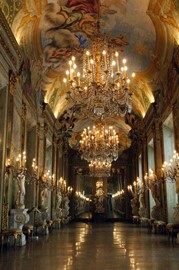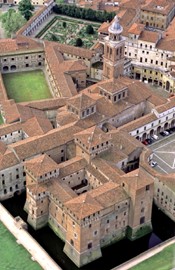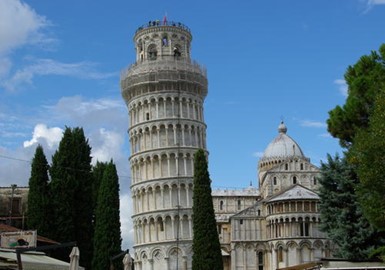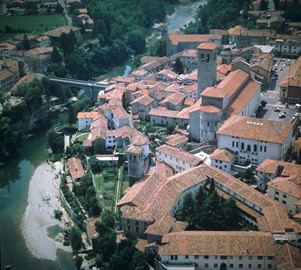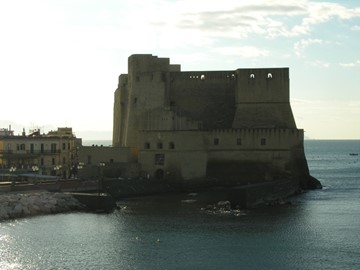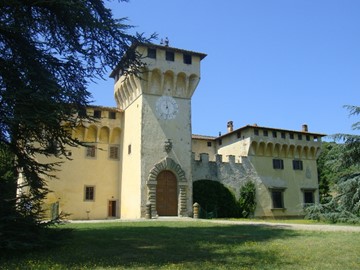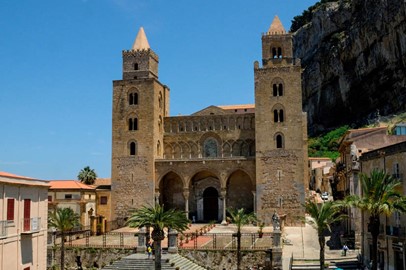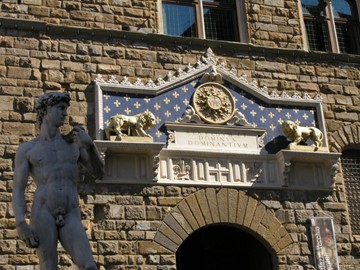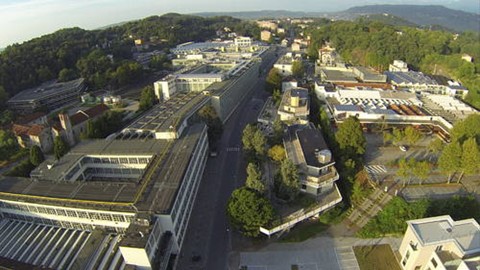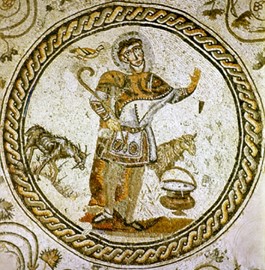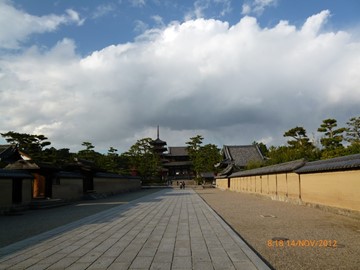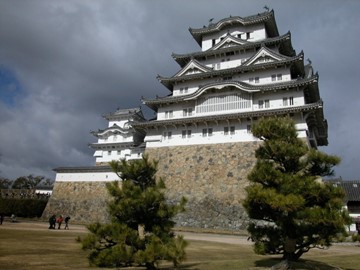category :: cultural
Villa Romana del Casale
Villa Romana del Casale, a UNESCO World Heritage site in Italy, is a luxurious Roman villa renowned for its extensive and well-preserved mosaic floors. Dating to the 4th century AD, this grand estate features intricate artwork depicting mythological scenes, hunting expeditions, and daily life, showcasing exceptional Roman craftsmanship. The villa’s elaborate design, including bath complexes and courtyards, highlights its historical significance as a testament to the wealth and culture of the late Roman Empi... Read More
Su Nuraxi di Barumini
Su Nuraxi di Barumini, a UNESCO World Heritage site in Italy, is a striking example of a Bronze Age nuraghe, a unique type of stone tower built by the Nuragic civilization. This well-preserved complex features a central conical tower surrounded by smaller structures and a village, showcasing ancient engineering and defensive architecture. Recognized for its historical and archaeological value, it offers insight into the prehistoric cultures of the Mediterranean.
Cilento and Vallo di Diano
Cilento and Vallo di Diano National Park, a UNESCO World Heritage site in Italy, is a striking blend of natural beauty and cultural heritage. This coastal region features rugged mountains, lush valleys, and ancient Greek and Roman archaeological sites, including the renowned ruins of Paestum and Velia. Its historical significance is enhanced by medieval villages and the Certosa di Padula, a grand Carthusian monastery, reflecting a rich legacy of human settlement and adaptation to the landscape.
Villa Adriana
Villa Adriana, a UNESCO World Heritage site in Italy, is an extraordinary Roman architectural complex built in the 2nd century AD as a retreat for Emperor Hadrian. This sprawling estate blends innovative design with elements inspired by Greek, Egyptian, and Roman cultures, featuring palaces, theaters, baths, and gardens. Renowned for its sophisticated layout and engineering, including water systems and decorative structures, it exemplifies imperial luxury and the artistic vision of antiquity.
Assisi
Assisi, a UNESCO World Heritage site in Italy, is a medieval hilltop town renowned for its historical and spiritual significance. It is celebrated as the birthplace of St. Francis, featuring the impressive Basilica of San Francesco with its stunning frescoes and Gothic architecture. The site preserves a harmonious blend of art, culture, and religion, reflecting centuries of pilgrimage and architectural evolution in a picturesque setting.
Val di Noto
Val di Noto, a UNESCO World Heritage site in Italy, is renowned for its exquisite late Baroque architecture across eight towns rebuilt after a devastating 1693 earthquake. This cohesive ensemble features ornate churches, palaces, and urban layouts, exemplifying 18th-century Sicilian artistry and resilience. Its harmonious design and historical significance make it a standout cultural treasure.
Villa d'Este
Villa d'Este, a UNESCO World Heritage site in Italy, is a masterpiece of Renaissance design renowned for its opulent gardens and innovative water features. This 16th-century estate boasts a series of terraces adorned with elaborate fountains, cascades, and pools, powered by an intricate hydraulic system. The villa itself exemplifies architectural elegance, while its landscaped grounds reflect the era’s artistic and engineering prowess, making it a celebrated cultural landmark.
Val d'Orcia
Val d’Orcia, a UNESCO World Heritage site in Italy, exemplifies a harmonious blend of Renaissance agricultural planning and picturesque Tuscan scenery. This cultural landscape features rolling hills, vineyards, olive groves, and medieval villages like Pienza and Montalcino, shaped by centuries of human cultivation. Its distinctive beauty, immortalized in art and literature, highlights an enduring relationship between people and nature.
Sacri Monti
The Sacri Monti of Piedmont and Lombardy, a UNESCO World Heritage site in Italy, consist of nine sacred mountain complexes built between the 15th and 17th centuries. These sites feature chapels, statues, and frescoes depicting biblical scenes, designed as pilgrimage destinations blending art, architecture, and natural landscapes. Recognized for their historical and spiritual value, they exemplify Renaissance and Counter-Reformation devotional practices.
Etruscan Necropolises
The Etruscan Necropolises, a UNESCO World Heritage site in Italy, represent an extraordinary collection of ancient burial sites showcasing the sophisticated culture of the Etruscan civilization. These well-preserved tombs, adorned with intricate frescoes, carvings, and architectural features, offer insights into Etruscan beliefs, art, and daily life from the 9th to 1st centuries BCE. Recognized for their historical and archaeological value, they highlight a unique pre-Roman legacy in the Mediterranean.
Syracuse
The Syracuse and the Necropolis of Pantalica, a UNESCO World Heritage site in Italy, represent a remarkable blend of ancient cultural and historical treasures. Syracuse boasts a rich Greek and Roman legacy, with its well-preserved archaeological sites, including a grand theater and intricate temples, reflecting its past as a powerful Mediterranean city. Nearby, the Pantalica Necropolis features thousands of rock-cut tombs from the Bronze Age, set within a striking limestone landscape, showcasing early human... Read More
Genoa
Genoa's Le Strade Nuove and the Palazzi dei Rolli, a UNESCO World Heritage site in Italy, represent a pioneering urban planning and architectural ensemble from the late 16th and early 17th centuries. This historic district features elegant streets lined with grand palaces, originally built by the city’s aristocratic families to host distinguished guests. The innovative 'Rolli' system, a public lottery assigning lodging duties to these residences, highlights Genoa’s unique hospitality tradition and its statu... Read More
Mantua and Sabbioneta
Mantua and Sabbioneta, a UNESCO World Heritage site in Italy, exemplify Renaissance urban planning and architecture. Mantua, a historic city, boasts grand palaces, churches, and piazzas shaped by the influential Gonzaga family, while Sabbioneta, a nearby 'ideal city,' features a meticulously designed grid layout with fortified walls and notable structures like the Teatro all’Antica. Together, they illustrate the artistic and political vision of the Renaissance era.
Piazza del Duomo, Pisa
Piazza del Duomo in Pisa, a UNESCO World Heritage site in Italy, is a stunning ensemble of medieval architecture renowned for its iconic Leaning Tower. This historic square features the Romanesque Pisa Cathedral, the elegant Baptistery, and the Camposanto cemetery, all crafted from white marble. Celebrated for its artistic and architectural mastery, it represents a remarkable testament to Italy’s cultural heritage.
Residences of the Royal House of Savoy
The Residences of the Royal House of Savoy, a UNESCO World Heritage site in Italy, comprise an ensemble of elegant palaces and hunting lodges built by the Savoy dynasty between the 16th and 18th centuries. This collection highlights Baroque architecture and sophisticated landscape design, reflecting the power and cultural influence of the ruling family. Notable examples include the Palazzo Reale and the Palazzina di Stupinigi, showcasing royal grandeur and artistic heritage.
Longobards in Italy
The Longobards in Italy, a UNESCO World Heritage site, comprises a series of seven well-preserved sites showcasing the architectural and artistic legacy of the Germanic Longobard kingdom from the 6th to 8th centuries. These include fortified structures, churches, and monasteries, such as the Basilica of San Salvatore and the Tempietto Longobardesco, reflecting a fusion of Roman, Christian, and Germanic influences. Recognized for their historical value, these sites illustrate the Longobards’ role in shaping ... Read More
Naples
The Historic Centre of Naples, a UNESCO World Heritage site in Italy, is a vibrant testament to the city’s rich history, spanning over 2,500 years. This urban landscape features an exceptional blend of architectural styles, from ancient Greek and Roman ruins to medieval castles, Renaissance palaces, and Baroque churches. Renowned for its cultural diversity and artistic heritage, it includes landmarks like the Royal Palace and the Cathedral of San Gennaro, reflecting Naples' enduring role as a Mediterranean ... Read More
Medici Villas and Gardens
The Medici Villas and Gardens in Tuscany, a UNESCO World Heritage site in Italy, represent an exceptional collection of Renaissance-era residences and landscaped gardens built by the influential Medici family. These sites blend elegant architecture with meticulously designed outdoor spaces, featuring fountains, sculptures, and terraced layouts that influenced European garden design. Recognized for their historical and artistic value, they illustrate the Medici’s patronage of art and innovation during the 15... Read More
Vineyard Landscape of Piedmont
The Vineyard Landscape of Piedmont, a UNESCO World Heritage site in Italy, is renowned for its historic wine-growing region, showcasing a harmonious blend of nature and human ingenuity. This area features rolling hills covered with meticulously cultivated vineyards, dotted with charming villages, ancient castles, and Romanesque churches. The site reflects centuries of viticultural tradition, producing world-famous wines like Barolo and Barbaresco, and preserves a cultural landscape shaped by sustainable agr... Read More
Palermo, Cefalú and Monreale
Palermo, Cefalú and Monreale, a UNESCO World Heritage site in Italy, showcases a unique blend of Norman and Byzantine architectural styles from the 12th century. The site includes a series of structures, such as the Palermo Cathedral, the Cappella Palatina, and the Palazzo dei Normanni, reflecting the multicultural influences of Sicily’s history. These buildings feature intricate mosaics and medieval European elements, making them standout examples of cultural synthesis. This historic ensemble highlights th... Read More
Florence
The Historic Centre of Florence, a UNESCO World Heritage site in Italy, is renowned for its exceptional artistic and architectural legacy. This cradle of the Renaissance boasts iconic landmarks like the Cathedral of Santa Maria del Fiore, adorned with Brunelleschi’s magnificent dome, and the Uffizi Gallery, home to masterpieces by Botticelli and Michelangelo. Its well-preserved medieval streets, palaces, and churches reflect centuries of cultural and historical significance, making it a global treasure of h... Read More
Ivrea
Ivrea, a UNESCO World Heritage site in Italy, is renowned for its historical significance as an industrial city, exemplifying 20th-century urban planning and architecture. It gained prominence through the Olivetti company, which produced iconic typewriters and office equipment, integrating innovative design with social ideals. The site features a blend of modernist buildings, worker housing, and public spaces, reflecting a pioneering vision of industry and community coexistence. Today, Ivrea stands as a tes... Read More
Aquileia
Aquileia, a UNESCO World Heritage site in Italy, is an ancient Roman city founded in 181 BC, renowned for its historical and archaeological significance. It features remarkably preserved ruins, including a grand basilica with stunning 4th-century mosaics, one of the largest and most impressive of its kind from the early Christian era. Once a thriving trade and military hub, Aquileia offers a window into Roman urban life and its transition into a key Christian center. Today, its archaeological remains and mu... Read More
Horyu ji
The Buddhist Monuments in the Horyu-ji Area, a UNESCO World Heritage site in Japan, represent one of the oldest surviving wooden architectural ensembles in the world, dating back to the 7th and 8th centuries. This collection includes the Horyu-ji temple and its pagoda, showcasing early Buddhist art and architecture influenced by Chinese and Korean styles. Recognized for its historical and cultural value, it offers insight into the spread of Buddhism and its impact on Japanese civilization.
Himeji jo
Himeji-jo, a UNESCO World Heritage site in Japan, is an exemplary masterpiece of traditional Japanese castle architecture. Known as the 'White Heron Castle' for its elegant, white-plastered walls, this well-preserved feudal-era fortress features an intricate defensive design with multiple towers, gates, and moats. Its historical and cultural significance lies in its representation of samurai-era engineering and aesthetics, offering insight into Japan’s medieval past.
